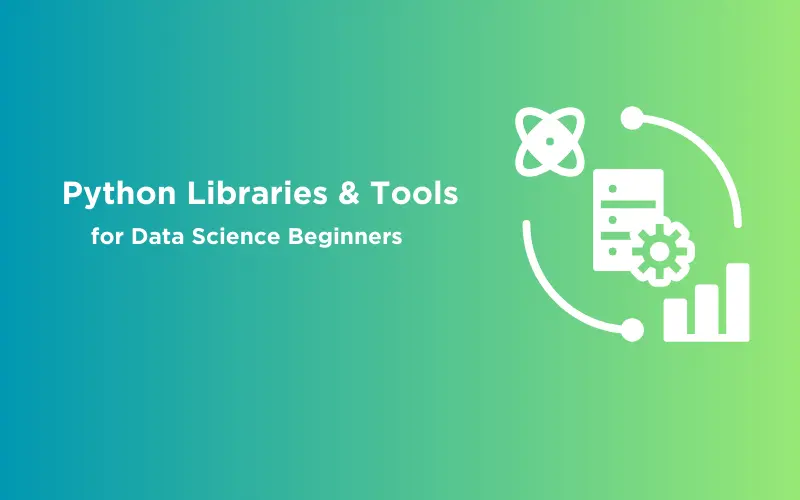
Useful Python Libraries & Tools for Data Science Beginners
Mar 04, 2025 9 Min Read 3041 Views
(Last Updated)
In a world filled with information, knowing how to understand and use data is super important. Data science, which is all about finding valuable insights from data, is a skill that’s needed in many areas like business, finance, and healthcare. Imagine it like this: you have a treasure map (the data), and you need tools (Python) to find the hidden treasure (insights). Python is like a trusty flashlight that helps you find your way.
If you’re just starting with data science and don’t know where to begin, this blog is for you. We’re going to introduce you to some simple Python tools that are perfect for beginners. These tools will help you explore data, make cool charts, and even start learning about machine learning.
So, get ready to dive into the world of Python tools for data science. Whether you’re a curious explorer, a new learner, or a future data expert, this blog is your guide to the world of data. Let’s get started!
Table of contents
- Python as a Data Science Language
- Setting Up Your Data Science Environment
- Using Anaconda as an All-in-One Data Science Platform
- Step-by-Step Guide to Installing Anaconda
- Jupyter Notebooks for Data Science
- Key Features of Jupyter Notebooks
- Creating and Running a Jupyter Notebook
- Links for Further Learning
- Essential Python Libraries for Data Science
- NumPy: The Fundamental Numerical Library
- Pandas: The Go-To Data Manipulation Library
- Matplotlib and Seaborn: Powerful Data Visualization Libraries
- Data Cleaning and Preprocessing in Data Science
- Handling Missing Data and Outliers with Pandas
- Handling Outliers
- Basic Data Cleaning Tasks with Code Examples
- Scikit-Learn: The Data Science Machine Learning Library
- Key Features of Scikit-Learn
- Resources for Learning Data Science
- Online Courses
- Tutorials
- Books
- Websites
- Forums and Communities
- Conclusion
- FAQs
- What are the essential Python libraries for data science beginners?
- How can I get started with Jupyter Notebooks for data science?
- Are there any recommended online courses for beginners in data science?
Python as a Data Science Language
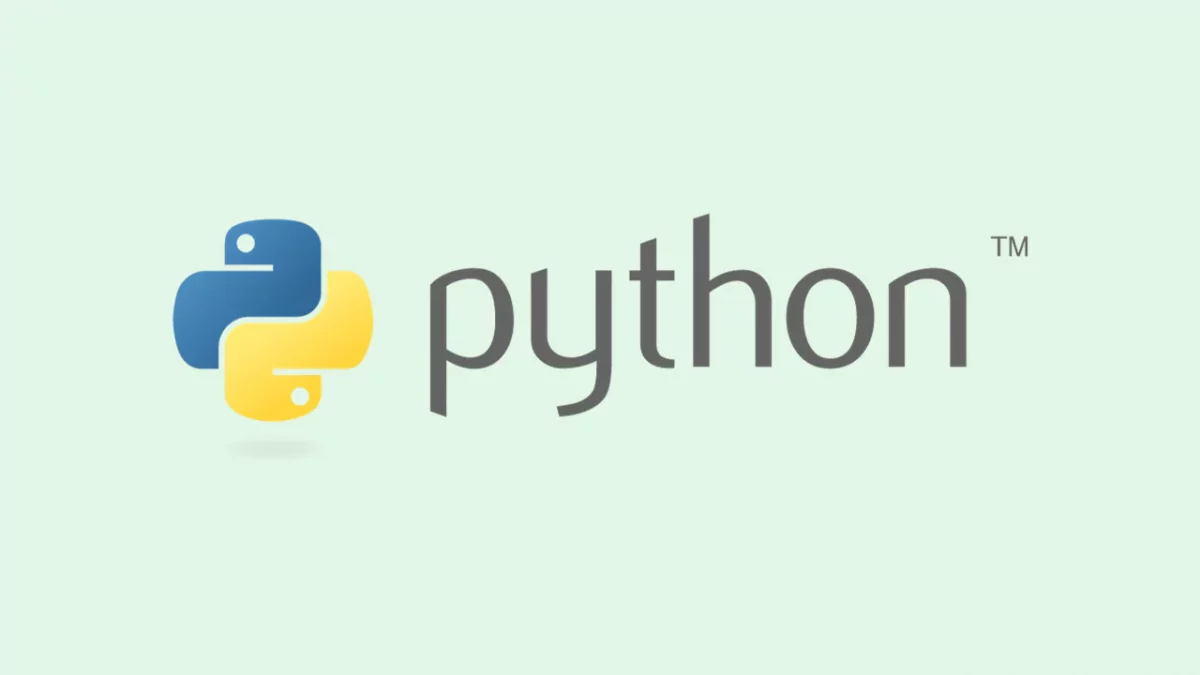
Python is a popular choice for data science for several compelling reasons:
1. Python is an incredibly versatile programming language. It’s not limited to just one domain but can be used for a wide range of applications, including web development, automation, scientific computing, and, of course, data science. This versatility means that if you learn Python for data science, you’re also gaining a valuable skill that can be applied in various other fields.
2. Python has a vast and active community of users and developers. This means that there are countless resources available, including libraries, frameworks, and tutorials, to support data scientists. The open-source nature of Python encourages collaboration, which leads to the rapid development of tools and solutions tailored to data science needs.
3. Python is known for its clean and readable syntax. Its code is easy to understand, even for beginners, which makes it an ideal choice for those new to programming and data science. This user-friendly syntax reduces the learning curve, allowing data science enthusiasts to focus on the data and algorithms rather than struggling with complex code.
4. Python offers a rich ecosystem of libraries and frameworks that cater specifically to data science. Libraries like NumPy, Pandas, Matplotlib, and Scikit-Learn provide powerful tools for data manipulation, analysis, visualization, and machine learning. These libraries simplify complex tasks and accelerate the development of data science projects.
5. Python seamlessly integrates with other languages and tools commonly used in data science, such as R, SQL, and Jupyter Notebooks. This integration enables data scientists to leverage the best tools for various tasks within a single environment.
6. Python libraries like Matplotlib, Seaborn, and Plotly offer robust capabilities for data visualization. Visualizations are essential for understanding data patterns and communicating findings effectively.
7. Python is the language of choice for machine learning and deep learning projects. Libraries like Scikit-Learn and TensorFlow provide extensive support for building and training models.
Python’s preference in the data science community stems from its versatility, strong community support, user-friendly syntax, a rich ecosystem of libraries, seamless integration, and robust capabilities for data visualization and machine learning. These attributes make Python an excellent starting point for data science beginners and a powerful tool for experienced data scientists.
Before diving into the next section, ensure you’re solid on Python essentials from basics to advanced-level. If you are looking for a detailed Python career program, you can join GUVI’s Python Course with placement assistance. You will be able to master the Multiple Exceptions, classes, OOPS concepts, dictionary, and many more, and build real-life projects.
Also, if you would like to explore Python through a Self-paced course, try GUVI’s Python course.
Setting Up Your Data Science Environment

Setting up a Python environment is a crucial step for anyone embarking on a journey into data science. Here’s why it matters:
1. A Python environment allows you to isolate your data science projects from one another. This means that changes or updates to one project won’t affect others, ensuring project stability.
2. It helps you manage different versions of Python libraries. Different projects may require different versions, and an isolated environment lets you control which versions are used for each project.
3. A properly set up environment ensures that others can replicate your work exactly as you did. This is vital for collaborative projects and research reproducibility.
4. Python environments make it easier to manage dependencies. You can install only the libraries you need for a specific project, which saves disk space and reduces clutter.
Using Anaconda as an All-in-One Data Science Platform
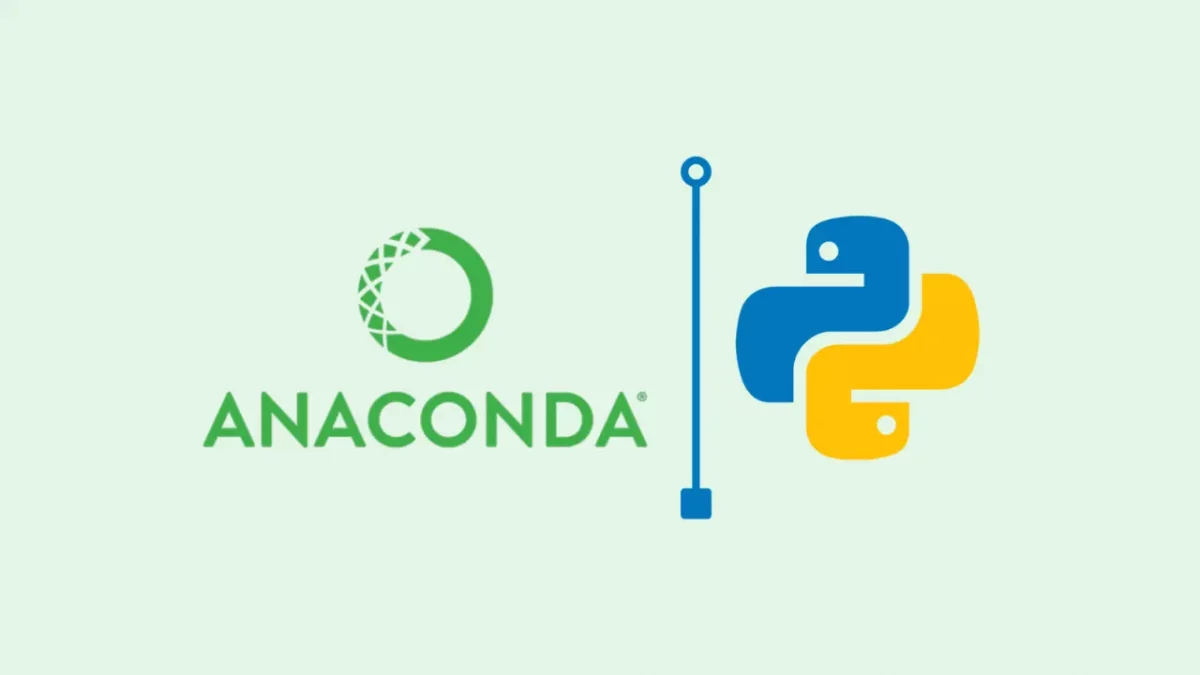
For data science beginners, Anaconda is a fantastic choice as it offers an all-in-one solution for Python and data science libraries. Here’s why Anaconda is recommended:
1. Anaconda comes with its package manager called Conda. It simplifies the process of installing, updating, and managing Python libraries and data science packages.
2. Anaconda allows you to create isolated Python environments effortlessly. You can have different environments for various projects without conflicts.
3. Anaconda includes a comprehensive selection of pre-installed data science libraries like NumPy, Pandas, Matplotlib, and Jupyter Notebook, saving you the hassle of installing them individually.
4. Anaconda is available for Windows, macOS, and Linux, making it accessible to a wide range of users.
Step-by-Step Guide to Installing Anaconda
Here are step-by-step instructions for installing Anaconda:
1. Download Anaconda: Visit the Anaconda download page.
2. Select the appropriate version of Anaconda for your operating system (Windows, macOS, or Linux). You’ll typically want to download the Python 3.x version.
3. Click on the download link for your chosen version, and the installer file will begin downloading.
Install Anaconda
Windows: Double-click the downloaded .exe file and follow the installation prompts.
macOS: Double-click the downloaded .pkg file and follow the installation prompts.
Linux: Open a terminal, navigate to the directory where the downloaded installer is located, and run the installation script using the bash command.
4. During the installation process, you’ll be asked whether to add Anaconda to your system’s PATH variable. It’s generally a good idea to select “Yes” to make Anaconda commands accessible from the terminal.
5. Once the installation is complete, you can verify it by opening a terminal (or Anaconda Navigator, if you prefer a graphical interface) and running the command conda –version.
Congratulations! You’ve successfully installed Anaconda, which provides you with a powerful Python environment for all your data science endeavors. Now you’re ready to start using Python for data analysis, machine learning, and more.
Jupyter Notebooks for Data Science
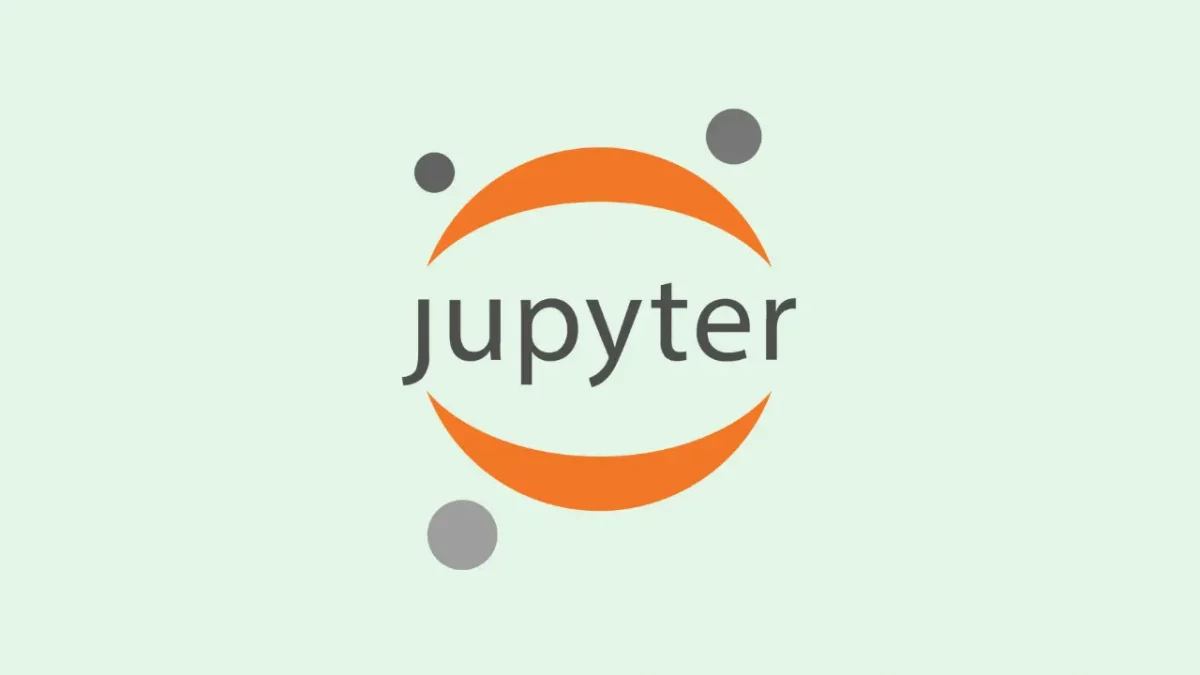
Jupyter Notebooks are an interactive coding environment that makes data science and programming more accessible and visually engaging. They allow you to combine live code, explanatory text, and visualizations in a single document, making it a powerful tool for data exploration, analysis, and visualization.
Key Features of Jupyter Notebooks
1. With Jupyter Notebooks, you can write and run code cells in various programming languages (e.g., Python, R, Julia) alongside text cells that explain your code and its results. This combination of code and text makes your work more understandable and shareable.
2. As you write code in Jupyter Notebooks, you can run individual code cells to see immediate results. This allows for a step-by-step exploration of data and the ability to quickly debug and experiment.
3. Jupyter Notebooks support rich outputs, including tables, charts, interactive plots, and multimedia. This enables you to visualize data, making it easier to understand patterns and trends.
4. Jupyter Notebooks are not limited to data science. They are used in various fields, including machine learning, scientific research, and education.
Jupyter Notebooks are particularly useful for data exploration and visualization. You can load datasets, clean and preprocess data, and create interactive visualizations all within the same document. This interactive and visual approach helps you gain insights from data more effectively.
Creating and Running a Jupyter Notebook
Here’s a simple example of creating and running a Jupyter Notebook:
Install Jupyter Notebook
If you haven’t already installed Jupyter Notebook, you can do so using Python’s package manager, pip:
pip install notebook
Start Jupyter Notebook
Open your terminal or command prompt and run the following command to start Jupyter Notebook:
jupyter notebook
Create a New Notebook
In the Jupyter Notebook interface, click on “New” and choose “Python 3” (or another supported language) to create a new notebook.
Write and Run Code
In your new notebook, you’ll see an empty cell. You can start typing Python code in this cell.
To run the code, press Shift + Enter (or Shift + Return). The output will appear below the cell.
Here’s a simple example of a Jupyter Notebook cell:
# This is a code cell
x = 5
y = 10
result = x + y
print(result)Output: 15
When you run this cell, it will calculate the result (which is 15) and display it as the output below the cell.
Links for Further Learning
Jupyter Notebooks are an invaluable tool for data science beginners and professionals alike, enabling interactive and visual data exploration and analysis.
Essential Python Libraries for Data Science
The following are a few essential Python libraries for data science beginners:
NumPy: The Fundamental Numerical Library
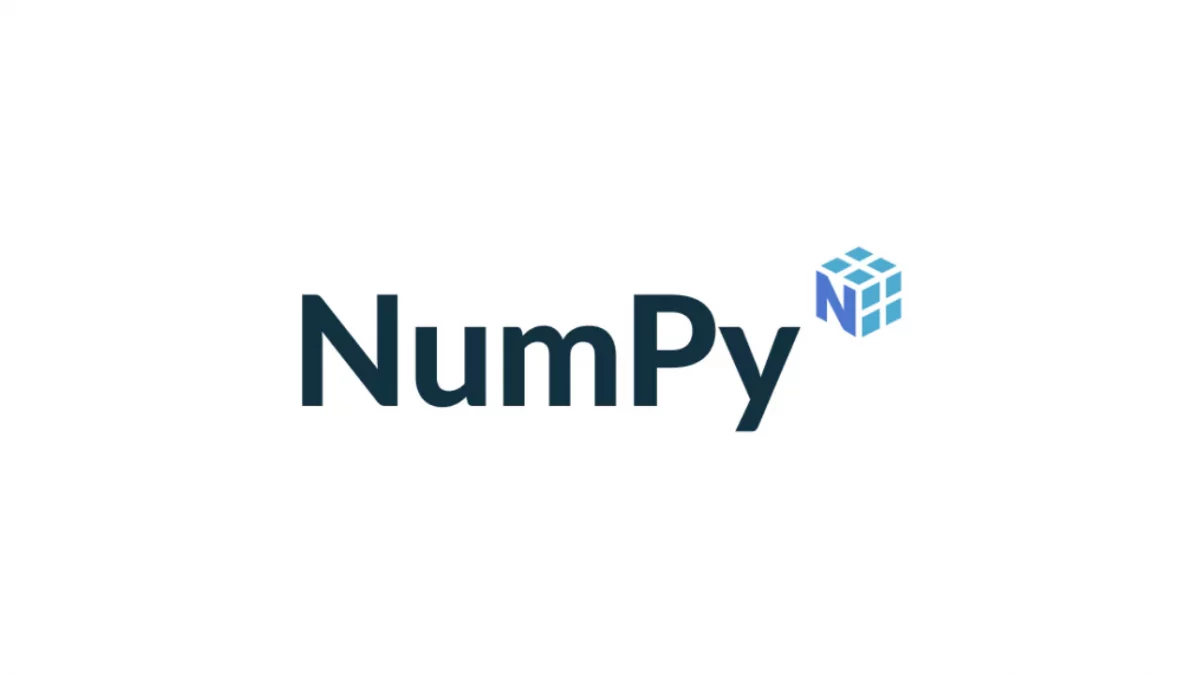
NumPy, short for “Numerical Python,” is a foundational library for numerical operations in Python. It provides support for creating and manipulating arrays and matrices, making it an essential tool for data scientists and researchers.
NumPy introduces the ndarray (n-dimensional array), which allows you to store and manipulate large datasets efficiently. Arrays can have multiple dimensions, making them suitable for a wide range of mathematical and scientific applications.
NumPy excels in performing numerical computations on arrays. It offers a vast collection of mathematical functions for operations like addition, subtraction, multiplication, division, and more, element-wise or using matrix algebra.
NumPy enables operations on arrays of different shapes and sizes through a mechanism called broadcasting. This feature simplifies complex calculations by automatically aligning data dimensions.
Basic NumPy Operations
Here are some code examples showcasing basic operations with NumPy:
import numpy as np
# Creating NumPy arrays
arr1 = np.array([1, 2, 3])
arr2 = np.array([4, 5, 6])
# Element-wise addition
result = arr1 + arr2
print(result) # Output: [5 7 9]
# Matrix multiplication
matrix1 = np.array([[1, 2], [3, 4]])
matrix2 = np.array([[5, 6], [7, 8]])
result_matrix = np.dot(matrix1, matrix2)
print(result_matrix)
Output:
[5 7 9]
[[19 22]
[43 50]]
Pandas: The Go-To Data Manipulation Library
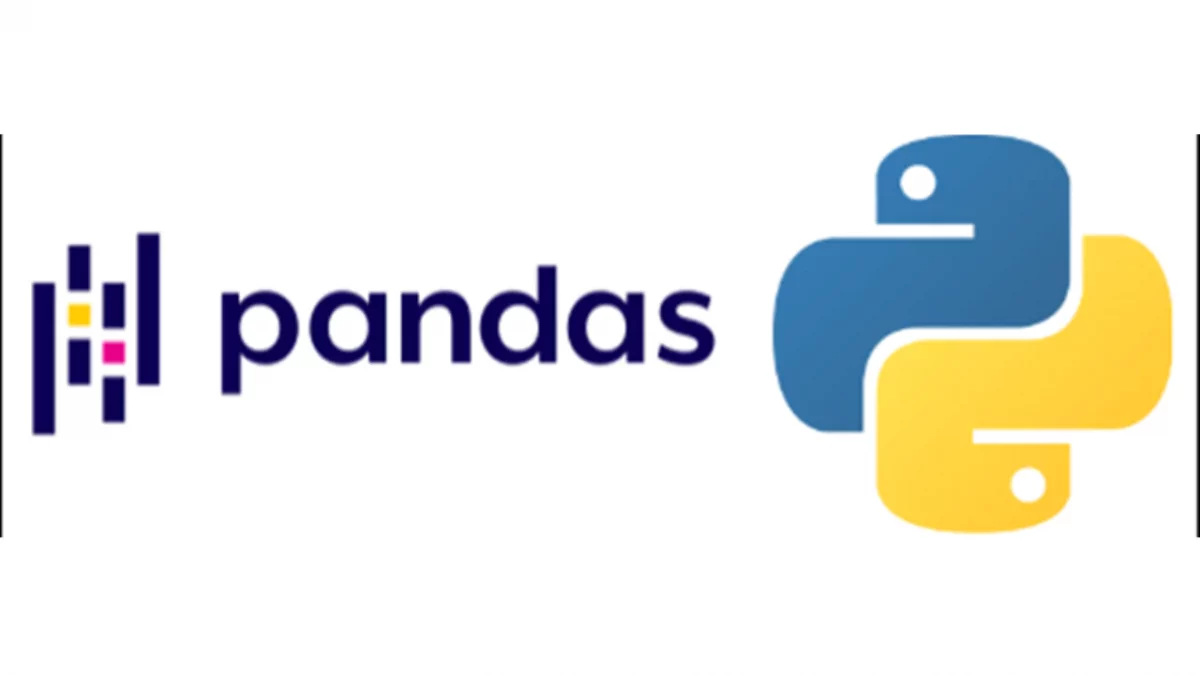
Pandas is the go-to library for data manipulation and analysis in Python. It introduces two fundamental data structures: DataFrames and Series. DataFrames are two-dimensional, tabular data structures resembling a spreadsheet or a SQL table. They consist of rows and columns, and each column can hold different data types. DataFrames are excellent for storing and working with structured data.
A Series is a one-dimensional array-like object that can store various data types. It’s used for representing a single column or row within a data frame. Pandas offers a wide array of functions for cleaning data, handling missing values, filtering, merging, grouping, and aggregating data. It simplifies the process of preparing data for analysis.
Basic Pandas Operations
Here are some basic data manipulation tasks using Pandas:
import pandas as pd
# Creating a DataFrame
data = {'Name': ['Alice', 'Bob', 'Charlie'],
'Age': [25, 30, 35]}
df = pd.DataFrame(data)
# Accessing columns
ages = df['Age']
# Filtering data
young_people = df[df['Age'] < 30]
# Adding a new column
df['City'] = ['New York', 'San Francisco', 'Los Angeles']
# Grouping and aggregation
average_age = df.groupby('City')['Age'].mean()
print(df)
print("\nAges:")
print(ages)
print("\nYoung People:")
print(young_people)
print("\nDataFrame with City Column:")
print(df)
print("\nAverage Age by City:")
print(average_age)Output:
Name Age City
0 Alice 25 New York
1 Bob 30 San Francisco
2 Charlie 35 Los Angeles
Ages:
0 25
1 30
2 35
Name: Age, dtype: int64
Young People:
Name Age City
0 Alice 25 New York
DataFrame with City Column:
Name Age City
0 Alice 25 New York
1 Bob 30 San Francisco
2 Charlie 35 Los Angeles
Average Age by City:
City
Los Angeles 35.0
New York 25.0
San Francisco 30.0
Name: Age, dtype: float64
Matplotlib and Seaborn: Powerful Data Visualization Libraries
Matplotlib and Seaborn are essential libraries for creating stunning data visualizations in Python. Matplotlib is a versatile library for creating a wide range of static, animated, and interactive plots and charts. It provides fine-grained control over plot customization. Seaborn is built on top of Matplotlib and offers a high-level interface for creating attractive statistical visualizations. It simplifies the process of generating complex plots with minimal code.
Data Visualization Example
Here is an example of creating different types of plots with Matplotlib and Seaborn:
import matplotlib.pyplot as plt
import seaborn as sns
# Line plot using Matplotlib
x = [1, 2, 3, 4, 5]
y = [10, 12, 5, 8, 9]
plt.plot(x, y)
plt.xlabel('X-axis') # Corrected quotes
plt.ylabel('Y-axis') # Corrected quotes
plt.title('Line Plot') # Corrected quotes
plt.show()
# Scatter plot using Seaborn
tips = sns.load_dataset('tips')
sns.scatterplot(x='total_bill', y='tip', data=tips, hue='day')
plt.xlabel('Total Bill ($)') # Corrected quotes
plt.ylabel('Tip ($)') # Corrected quotes
plt.title('Scatter Plot') # Corrected quotes
plt.show()Before you begin running the script, ensure that you have the necessary packages installed. Follow the steps below to set up your environment:
1. Install Required Packages
Open a terminal in Visual Studio Code (VSCode) and execute the following command:
pip install pandas
This command will install the Pandas library if it is not already installed.
2. Copy the Code
Copy the required Python code.
3. Paste into Your Python File
Create a new Python file in your VSCode environment and paste the copied code into it.
4. Run the Script
Execute the script to observe the intended functionality. You’re now ready to run the Python code!
Data visualization is a critical aspect of data science. Visualizations help you understand data patterns, communicate findings effectively, and make data-driven decisions. Matplotlib and Seaborn empower data scientists to create compelling visualizations that enhance data exploration and storytelling.
Data Cleaning and Preprocessing in Data Science
Data cleaning and preprocessing are fundamental steps in the data science workflow, and they play a crucial role for several reasons:
1. Raw data is often messy, containing errors, inconsistencies, and missing values. Cleaning and preprocessing ensure that the data is accurate, reliable, and of high quality.
2. Cleaned data leads to more accurate analyses and better-informed decisions. Data scientists rely on clean data to draw meaningful insights and make predictions.
3. Machine learning models perform better with clean data. Data preprocessing helps in preparing the data in a format that is suitable for model training.
4. Cleaned and preprocessed data is easier to work with. It reduces the likelihood of errors and simplifies the data exploration process.
Handling Missing Data and Outliers with Pandas
Pandas, a powerful data manipulation library, provides tools for handling missing data and outliers:
Handling Missing Data
Identifying Missing Data: Use the isnull() function to identify missing values in a DataFrame. For instance:
import pandas as pd
df = pd.read_csv(‘data.csv’)
missing_data = df.isnull()
Removing Missing Data: You can remove rows or columns with missing data using the dropna() method. For example:
df.dropna(axis=0, inplace=True) # Removes rows with missing values
Filling Missing Data: The fillna() method allows you to fill missing values with a specified value or a statistical measure. Example:
mean_age = df[‘Age’].mean()
df[‘Age’].fillna(mean_age, inplace=True)
Handling Outliers
Use descriptive statistics or visualization techniques to identify outliers in your data. Box plots, histograms, or scatter plots can be helpful. Depending on the nature of your data and analysis, you can choose to:
- Remove outliers if they are the result of data entry errors or anomalies.
- Transform the data using techniques like log transformation to make it more robust to outliers.
- Winsorize the data by capping or flooring extreme values.
Basic Data Cleaning Tasks with Code Examples
Here are some basic data cleaning tasks using Pandas:
import pandas as pd
import numpy as np
# Handling Missing Data
data = {'Name': ['Alice', 'Bob', 'Charlie', None],
'Age': [25, None, 35, 28]}
df = pd.DataFrame(data)
# Check for missing values
print(df.isnull())
# Remove rows with missing values
df.dropna(inplace=True)
# Fill missing values with the mean age
mean_age = df['Age'].mean()
df['Age'].fillna(mean_age, inplace=True)
# Handling Outliers (example using log transformation)
data = {'Values': [100, 200, 500, 10000, 150, 300]}
df_outliers = pd.DataFrame(data)
# Log transform the Values column to mitigate the effect of outliers
df_outliers['Values'] = np.log(df_outliers['Values'])
# Print the DataFrames
print("\nDataFrame with Missing Data:")
print(df)
print("\nDataFrame with Outliers (Log Transformed):")
print(df_outliers)Output:
Name Age
0 False False
1 False True
2 False False
3 True False
DataFrame with Missing Data:
Name Age
0 Alice 25.0
2 Charlie 35.0
3 29.333333333333332
DataFrame with Outliers (Log Transformed):
Values
0 4.605170
1 5.298317
2 6.214608
3 9.210340
4 5.010635
5 5.703782
These examples demonstrate how Pandas can be used to handle missing data and outliers, which are common data cleaning and preprocessing tasks in data science.
Scikit-Learn: The Data Science Machine Learning Library
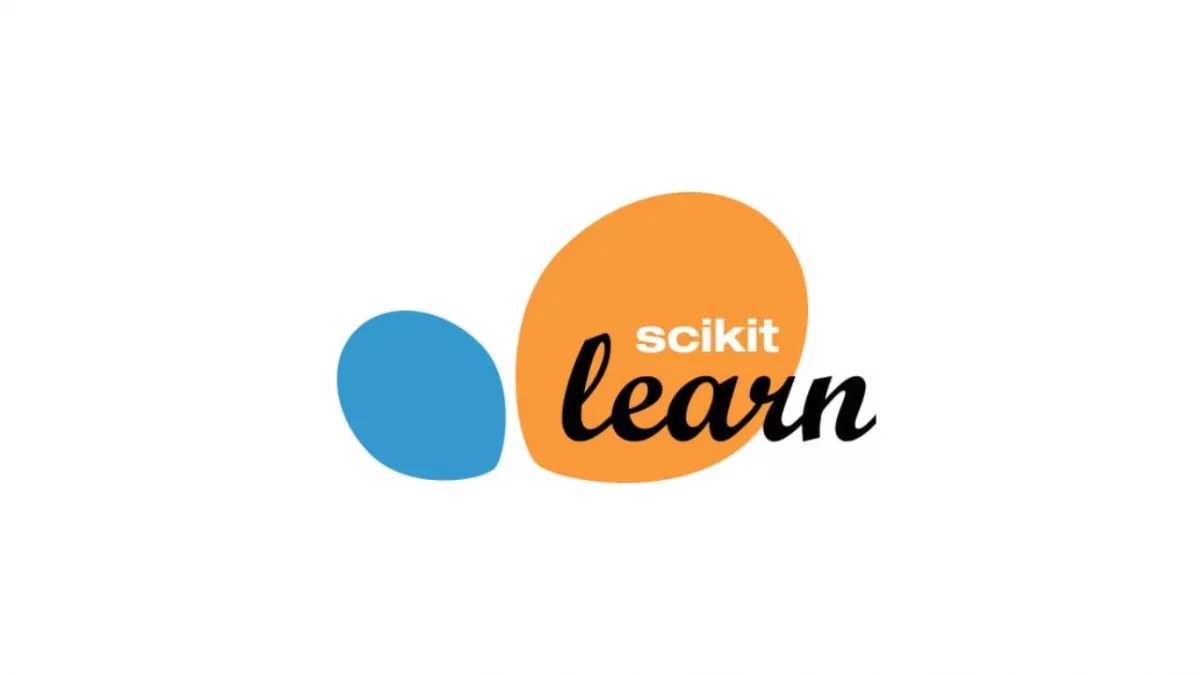
Scikit-Learn, often referred to as “sklearn,” is a popular and powerful machine-learning library in Python. It is widely used for building, training, and evaluating machine learning models. Scikit-Learn offers a comprehensive suite of tools and algorithms that cover a wide range of machine-learning tasks, making it a valuable resource for data scientists and machine-learning practitioners.
Key Features of Scikit-Learn
1. Scikit-Learn provides a consistent and easy-to-use API, making it accessible for both beginners and experienced machine learning practitioners.
2. Scikit-Learn offers a vast array of machine learning algorithms for various tasks, including classification, regression, clustering, dimensionality reduction, and more.
3. It integrates seamlessly with other Python libraries, such as NumPy and Pandas, for data manipulation and preprocessing.
4. Scikit-Learn provides tools for model evaluation, including metrics like accuracy, precision, recall, and tools for cross-validation.
Machine Learning Example with Scikit-Learn:
Let’s look at a simple example of training a machine learning model using Scikit-Learn. In this example, we’ll use the famous Iris dataset for a classification task:
import numpy as np
from sklearn import datasets
from sklearn.model_selection import train_test_split
from sklearn.neighbors import KNeighborsClassifier
# Load the Iris dataset
iris = datasets.load_iris()
X, y = iris.data, iris.target
# Split the data into training and testing sets
X_train, X_test, y_train, y_test = train_test_split(X, y, test_size=0.2, random_state=42)
# Create a k-nearest neighbors classifier
knn = KNeighborsClassifier(n_neighbors=3)
# Train the classifier on the training data
knn.fit(X_train, y_train)
# Make predictions on the test data
y_pred = knn.predict(X_test)
# Evaluate the model's accuracy
from sklearn.metrics import accuracy_score
accuracy = accuracy_score(y_test, y_pred)
print(f"Accuracy: {accuracy}")In this example, we:
- Load the Iris dataset, a commonly used dataset for classification.
- Split the dataset into training and testing sets to evaluate the model.
- Create a K-Nearest Neighbors (KNN) classifier.
- Train the classifier on the training data.
- Make predictions on the test data.
- Evaluate the model’s accuracy using Scikit-Learn’s accuracy_score function.
Before you begin running the script, ensure that you have the necessary packages installed. Follow the steps below to set up your environment:
1. Install Required Packages
Open a terminal in Visual Studio Code (VSCode) and execute the following command:
pip install pandas
This command will install the Pandas library if it is not already installed.
2. Copy the Code
Copy the required Python code.
3. Paste into Your Python File
Create a new Python file in your VSCode environment and paste the copied code into it.
4. Run the Script
Execute the script to observe the intended functionality. You’re now ready to run the Python code!
Scikit-Learn simplifies the process of building and training machine learning models, making it accessible for data scientists to experiment with different algorithms and datasets.
Resources for Learning Data Science
Here are some recommended online courses, tutorials, books, websites, and forums to help data science beginners get started:
Online Courses
- GUVI – “IIT-M Certified Advanced Programmer with Data Science Mastery Program”
- Coursera – “Introduction to Data Science”
- edX – “Data Science MicroMasters”
Tutorials
- Kaggle Tutorials
- DataCamp
Books
- “Python for Data Analysis” by Wes McKinney
- “Hands-On Machine Learning with Scikit-Learn, Keras, and TensorFlow” by Aurélien Géron
Websites
Forums and Communities
These resources should provide you with a strong foundation and ongoing support as you embark on your data science journey. Whether you prefer online courses, tutorials, books, or community engagement, there are plenty of options to suit your learning style.
Kickstart your Programming journey by enrolling in GUVI’s Python Course where you will master technologies like multiple exceptions, classes, OOPS concepts, dictionaries, and many more, and build real-life projects.
Alternatively, if you would like to explore Python through a Self-Paced course, try GUVI’s Python course.
Conclusion
As a beginner, these tools are your starting point on your data science adventure. They help you explore and make sense of data. Whether you want to predict the future or discover hidden secrets in data, these tools are your helpers.
Remember, you don’t need to be a genius to do data science. Dedication and curiosity are your secret weapons. With these tools and your determination, you can become a data science expert. The journey may be challenging, but it’s also full of exciting discoveries. So, grab your tools and start your data science adventure now!
FAQs
Essential Python libraries for data science beginners include NumPy for numerical operations, Pandas for data manipulation, Matplotlib and Seaborn for data visualization and Scikit-Learn for machine learning.
To get started with Jupyter Notebooks, you can install them using Python’s package manager, create a new notebook, and begin writing code. Jupyter Notebooks allow you to combine code, text explanations, and visualizations, making them ideal for data science projects.
Yes, there are several recommended online courses for data science beginners, including GUVI’s “IIT-M Certified Advanced Programmer with Data Science Mastery Program”, Coursera’s “Introduction to Data Science” and edX’s “Data Science MicroMasters.” These courses cover a wide range of data science topics and provide hands-on learning opportunities.
















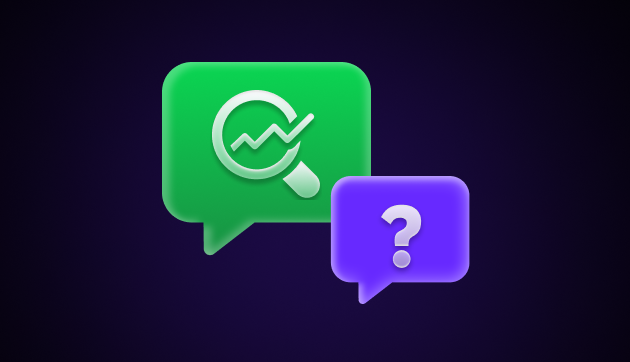
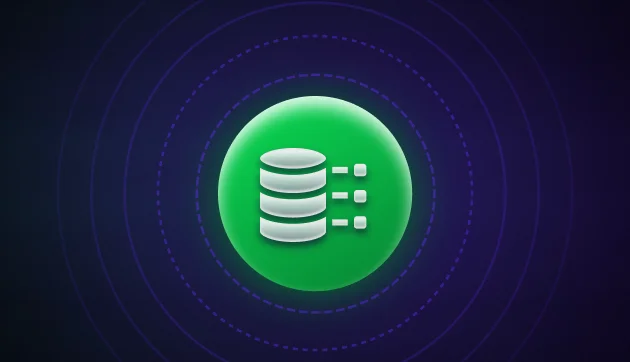
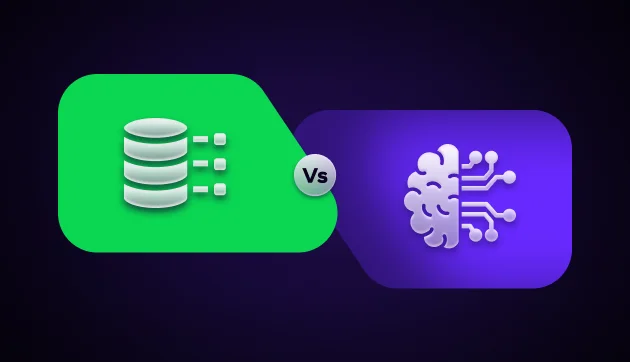
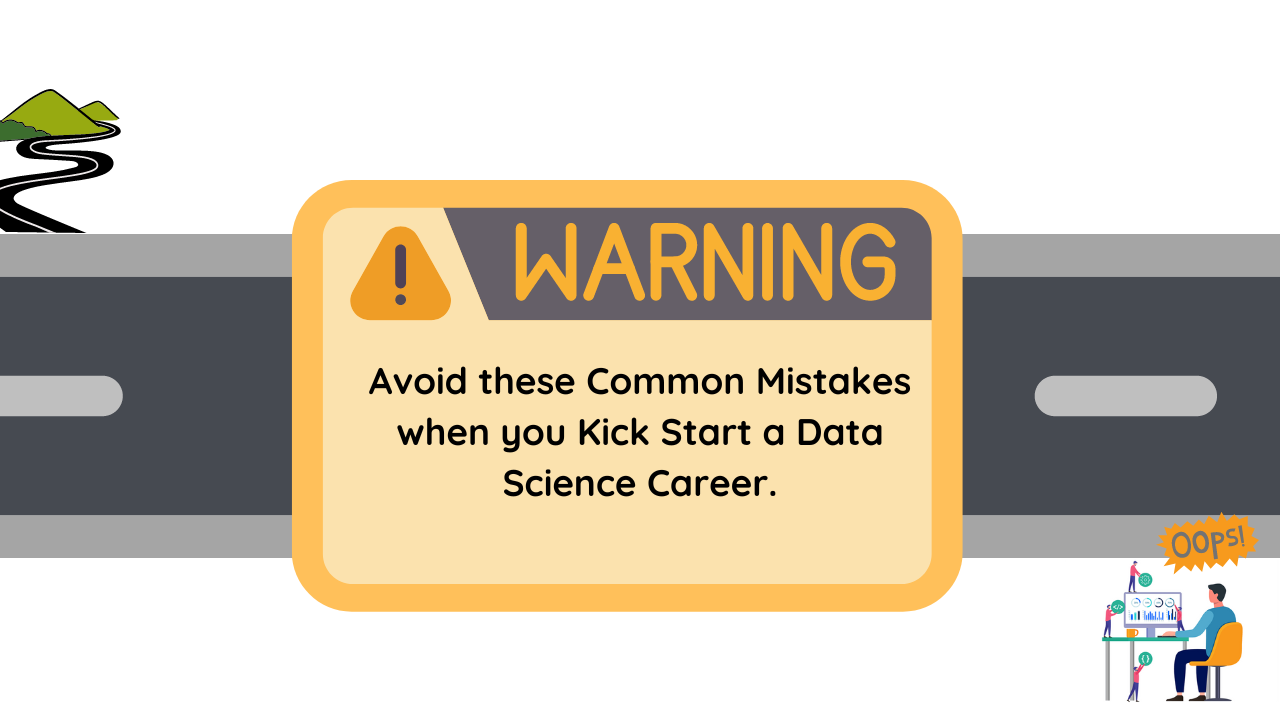
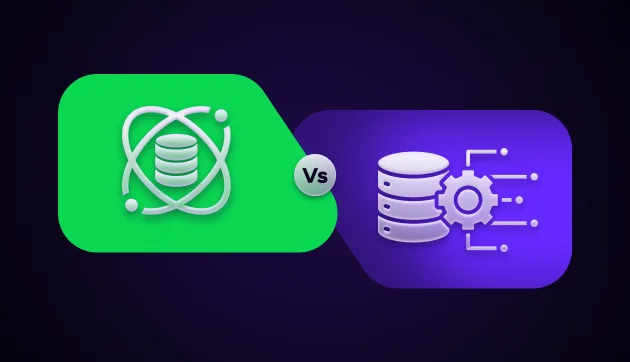
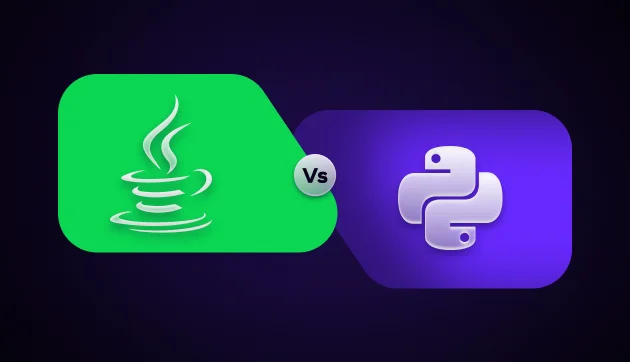
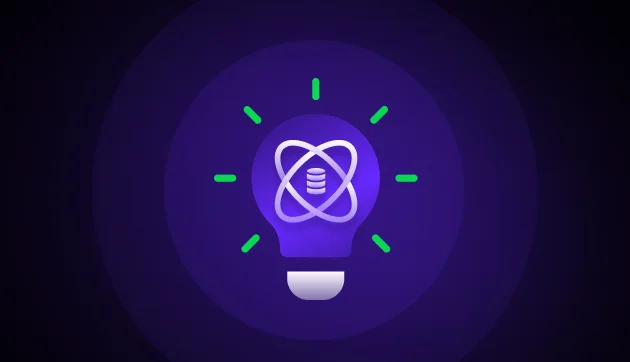


Did you enjoy this article?